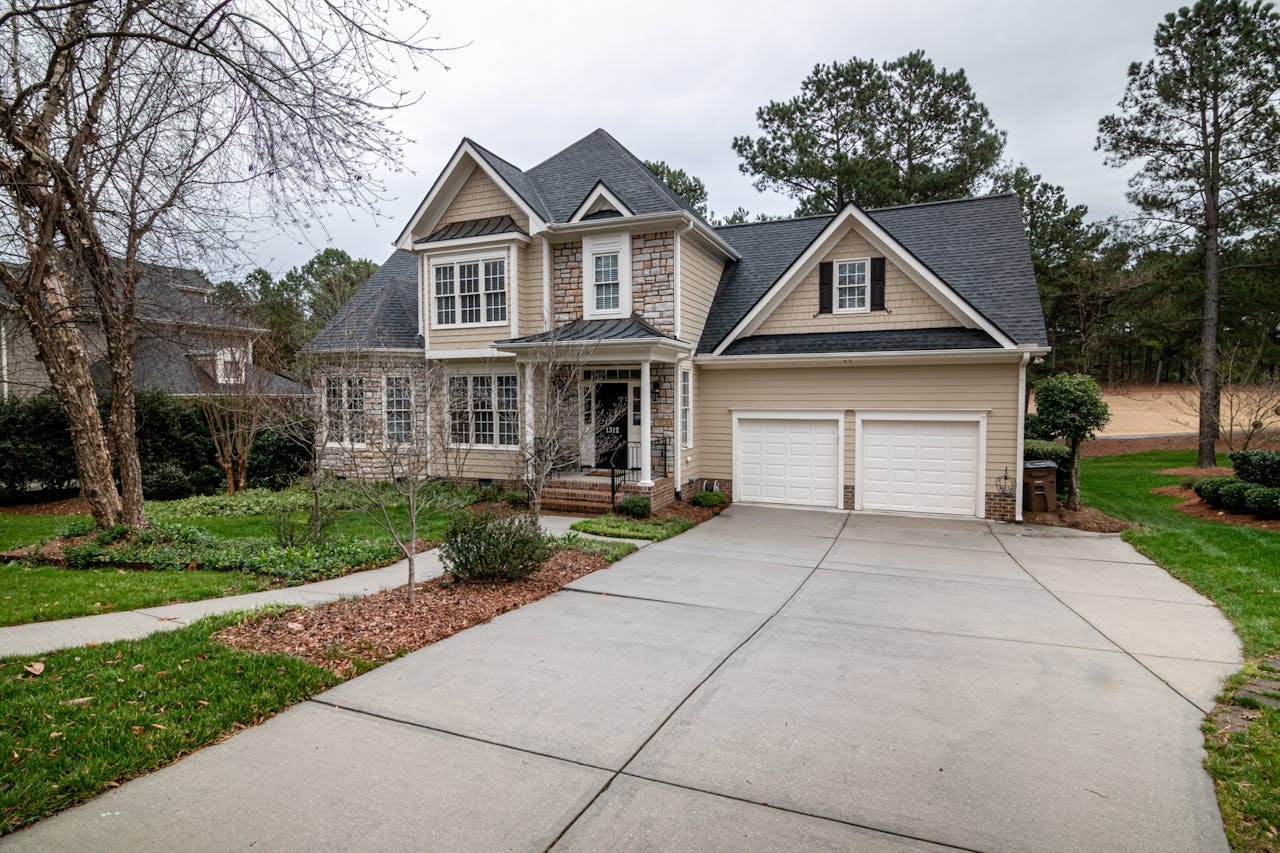
Every day, women and children, along with individuals and families across Australia, face the heartbreaking challenge of homelessness. For many, transitional housing programs are the bridge between instability and a secure, independent life. But what are they, and how do they work?
At Re.Connect Support Services, we help Australians access transitional housing by guiding them through the journey from crisis accommodation to long term housing. If you or someone you know is experiencing homelessness or at risk of homelessness, this guide will help you understand how housing and support services can change lives.
What Is Transitional Housing?

Transitional housing is a form of medium term housing provided to people facing homelessness, offering not just a roof but also tailored support services.
Unlike crisis accommodation, which is short-term and often overcrowded, transitional housing offers secure accommodation for around 12 to 18 months. During this time, transitional housing tenants receive help from support providers to rebuild confidence, connect to other services, and prepare for term housing options—whether in social housing, the private rental market, or community housing.
This model, supported by community housing providers, is central to Australia’s housing and support strategy, empowering individuals to move toward independence.
Who Are Transitional Housing Programs For?

Transitional housing is for people:
- Experiencing homelessness
- At risk of homelessness
- Escaping domestic violence, especially women and children
- Exiting institutional settings (e.g., rehab, prison, hospitals)
- Struggling to re-enter the private rental or employment market
According to the South Australian Housing Authority, the eligibility criteria often include being registered for social housing, and having a referral or ongoing involvement with specialist homelessness services or a recognised support provider.
How Transitional Housing Fits Within the Bigger Housing Picture

Transitional housing plays a key role in Australia’s broader housing options framework. Here’s how it sits among other types:
| Type | Duration | Focus |
|---|---|---|
| Crisis Accommodation | A few days/weeks | Immediate shelter |
| Transitional Housing | 3–18 months | Support and skill-building |
| Long-Term Housing | Permanent | Independent living (e.g. affordable housing, market rent, or community housing) |
By working with community housing providers, transitional housing becomes a vital stepping stone toward stability. These housing providers work in tandem with support services to ensure every tenant receives a holistic approach to recovery and growth.
Real Life: What Transitional Housing Can Look Like
Take Mia’s story. A single mum escaping domestic violence, Mia had nowhere to go. She entered crisis accommodation with her toddler. Within weeks, she was referred to Re.Connect and placed in medium term housing through a community housing organisation.
Mia met weekly with her support provider, who connected her to parenting workshops, counselling, and job readiness programs. After 11 months, she transitioned into affordable housing and secured part-time work.
Her story mirrors thousands of others across Australia—proof that transitional housing programs work.
What Support Services Are Included?

What makes transitional housing so effective is the wraparound services that include tailored support services, customized to each person’s needs. Depending on the program and region, support may include:
- Mental health and trauma recovery
- Employment and education planning
- Financial counselling and tenancy coaching
- Parenting, life skills, and community connection
- Access to Commonwealth Rent Assistance and rental subsidies
This holistic model ensures that transitional housing tenants aren’t just housed—they’re empowered.
How to Find Transitional Housing in Australia
If you’re wondering how to find transitional housing, here’s the process:
- Connect with a local Specialist Homelessness Service (SHS): They’ll assess your housing need and refer you to suitable housing options.
- Get registered for social housing: This is often a requirement for accessing community housing or transitional programs.
- Partner with a support provider: This ensures your housing journey includes ongoing assistance and accountability.
Some leading community housing providers in this space include Home In Place and Hume Housing.
The Role of Re.Connect Support Services

At Re.Connect, we act as both your guide and advocate. We help:
- Match you with the right housing providers and services
- Manage referrals and tenancy management needs
- Coordinate care across homelessness services, health professionals, and job networks
- Ensure ongoing support from crisis to confidence
Our approach is human-first, trauma-informed, and always hopeful. We believe housing and support can and should be personalised, purposeful, and empowering.
Why Transitional Housing Programs Are More Important Than Ever
With rent rising and vacancy rates shrinking, many Australians are falling through the cracks of both the private rental market and affordable housing markets. Without transitional housing, they risk becoming long-term members of the homelessness cycle.
But with the right support services, community housing, and tailored care, individuals can not only survive but thrive.
Final Thoughts: Hope Starts With Housing

Everyone deserves the chance to feel safe, secure, and seen. Transitional housing programs, supported by various housing providers, offer exactly that—a fresh start backed by expert care.
At Re.Connect Support Services, we don’t just help people find transitional housing—we help them find hope, purpose, and a plan for the future.
Need help today? Reach out to us. Let’s take that next step—together.


